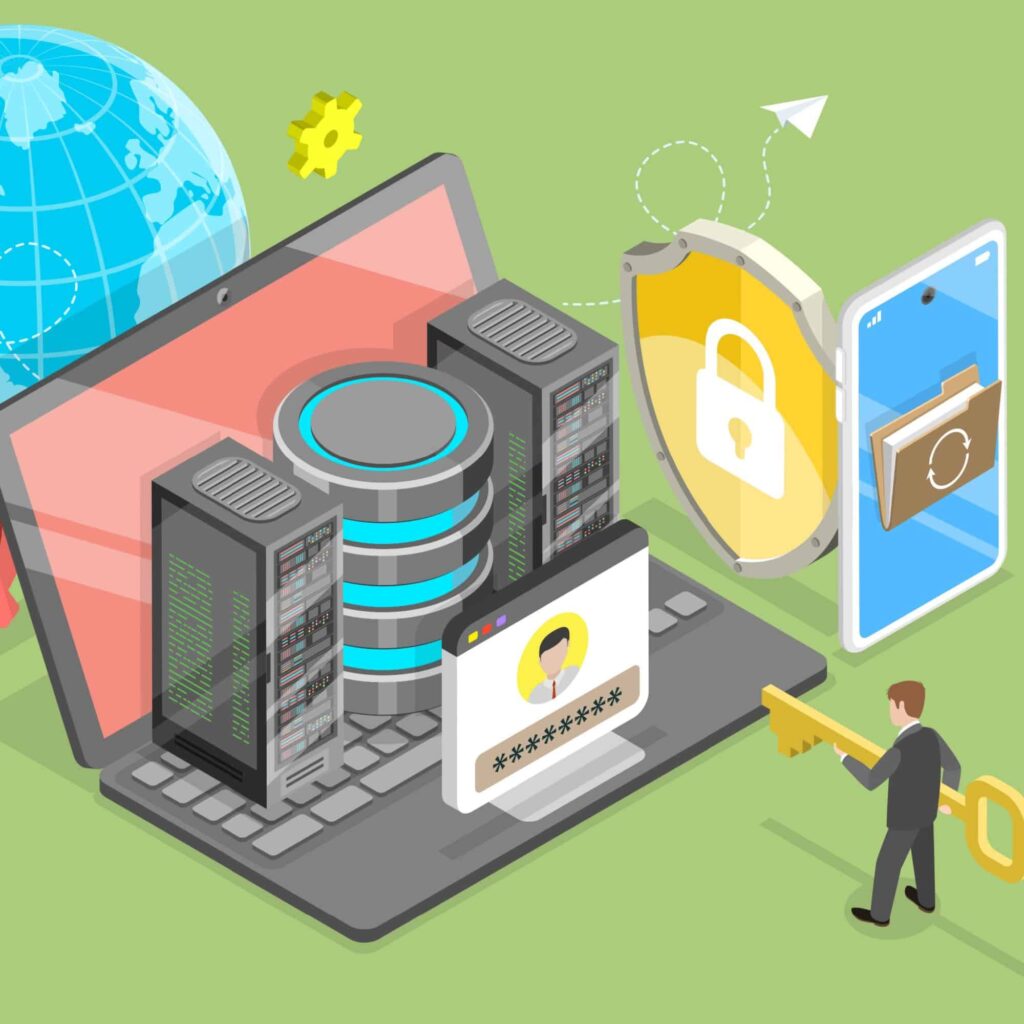
Business Continuity vs Disaster Recovery: A Full Breakdown
June 11, 2025Business continuity vs disaster recovery. Both are essential. Both tend to be overlooked until the time comes when they’re needed. Just like a driver wishing they’d renewed their AA membership while watching smoke billow from their engine, it really is too late by then.
Disasters are inevitable in every industry. From cyberattacks to floods to fraud, all businesses are vulnerable and must be prepared for unexpected challenges, and even the occasional crisis.
The tolerance for application failure, poor performance, and slow service is lower than ever. So, how do we ensure our operations and services can continue running when things go completely, hopelessly wrong?
Confidence that your business won’t be devastated comes from putting a holistic, robust business continuity plan in place.
In the case of disaster striking, recovery procedures will help to minimise the impact when your time, money and reputation are on the line.
Business Continuity vs Disaster Recovery – What’s The Difference?
Technically, disaster recovery is a component of a wider business continuity plan. However, despite being linked, business continuity and disaster recovery should be viewed as two distinct and separate priorities.
Business continuity is the ability to keep your business running when a disaster occurs. You should have a comprehensive business continuity plan in place. This will allow you to maintain your critical business processes in the face of any possible crisis.
This will involve assessing all potential risks, then putting procedures in place to minimise the disruption to your business when those problems arise.
Disaster recovery is the ability to solve the problem and get your business back on track as quickly as possible. With a disaster recovery plan, you’ll be able to respond effectively to the various potential risks identified in your business continuity planning.
This involves finding the source or cause of the problem, then leveraging your pre-defined procedures to fix it and return to business-as-usual.
How to Maintain Business Continuity
To keep your business running in the event of a disaster, it’s important to first understand which ones are likely to affect you.
This is why a risk assessment should always be your first step. This will help you plan for everything from worst case scenarios to minor disruptions.
In this context, the risk is not just referring to your IT systems. You need to look at all possibilities, including your:
- Cyber security
- Physical security
- Economic and financial risks
- Compliance
- Natural disasters
- Reputation
- Competitors
- Complacency risks
Start by identifying these key areas, then build out from there. Try to be cynical when doing this and look for all the various problems that could arise, no matter how unlikely they may seem.
You should then assess the probability of each and compare that with the negative impact it would have on your business. That will provide you with a risk rating.
Once you’ve assigned a risk rating to each potential disaster, you can begin putting procedures and plans in place to mitigate that risk. Start with the ones that are most likely to happen and cause the most disruption. Of course, if you can take steps to prevent certain problems from happening altogether that will be even more beneficial.
Prioritise and Plan Ahead
Within business continuity and risk management, you also need to understand which processes and systems cannot afford to fail.
Conduct a business impact analysis to determine which elements are critical. Make tough decisions about what can be suspended, or compromised, during a crisis.
For example, you must be able to ensure your supply chain continues to run smoothly. That means keeping the processes that will let you pay suppliers and vendors on time, process and distribute customer orders, or maintain customer services.
Successful business continuity also requires the input of key personnel, as well as a clear designation of roles and responsibilities. Your plan of action is virtually useless if no one knows how to execute it.
Finally, it’s important to update and optimise your business continuity plans. As your business grows and evolves, and IT systems scale up, your needs in these key areas will also change.
How To Get Disaster Recovery Right
As disaster recovery aims to minimise the time spent suffering the consequences of a problem, recovery plans should focus on the speed of response.
Of course, it depends on the type of business you operate, but in our experience the majority of problem-solving is IT-related.
For example, a flood in your company’s office won’t stop your business from running if your team can work from home.
However, power outages at the data centre that holds all your cloud servers could prevent your team from accessing your critical IT systems. It’s one reason why your cloud hosting provider should maintain several data centres in different locations.
The boom in remote working has resulted in a lot of sensitive corporate data being accessed from employees’ personal devices. So some of the most common issues your disaster recovery plan needs to consider include:
- Theft of data
- Viruses
- Malware and ransomware
- Cyber attacks
- Unsecure networks
- Accidental deletion of data
- Human error
Data protection is a key priority
Having data backups is crucial in this sense. That way, you can at least ensure you have data recovery systems capable of restoring any lost or compromised data.
Additionally, you may want to put failover systems in place for critical processes and applications. This is a more advanced measure, so it costs more. But it’s beneficial if you cannot afford any downtime. A failover will provide you with several systems, and if one fails the alternative will automatically spring into action with no interruption.
You should look to put sufficient recovery time objectives in place for all your critical processes, applications and systems. These objectives will make it easier to prioritise the disaster recovery plans and help you understand the best way to manage each one.
Whatever the crisis, the days of responding to IT problems in hours, rather than minutes, are long gone. So if you haven’t given much thought to how you’ll keep your head above water, put some time aside and make it a priority.
And while you’re at it, check your roadside recovery hasn’t lapsed. Because you never know.
Remove the risk from your business
Check the link below for a simple breakdown of disaster recovery and business continuity in graphic form. Plus, discover some more of our insights on digital transformation and expert insight into the key platforms your business relies on.
- Infographic: Business continuity vs disaster recovery
- Infographic: Digital transformation explained
- Brand Battle: Citrix vs Azure
- Brand Battle: VMware vs VirtualBox
Learn more about how you can make the most of your IT infrastructure management for support, enhancement or protection. Contact us for a free trial or demonstration.
Related News


4 min read
6 min read


4 min read